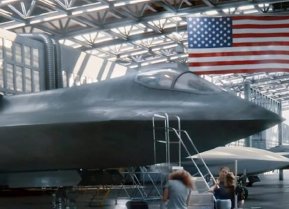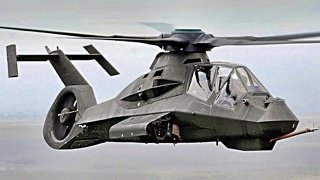RAH-66: Why America's Comanche Stealth Helicopter Failed
The Boeing-Sikorsky RAH-66 Comanche, a stealth attack helicopter, was a U.S. Army project that began in the early 1980s.It failed in epic fashion for a few key reasons.
Summary and Key Points: The Boeing-Sikorsky RAH-66 Comanche, a stealth attack helicopter, was a U.S. Army project that began in the early 1980s.
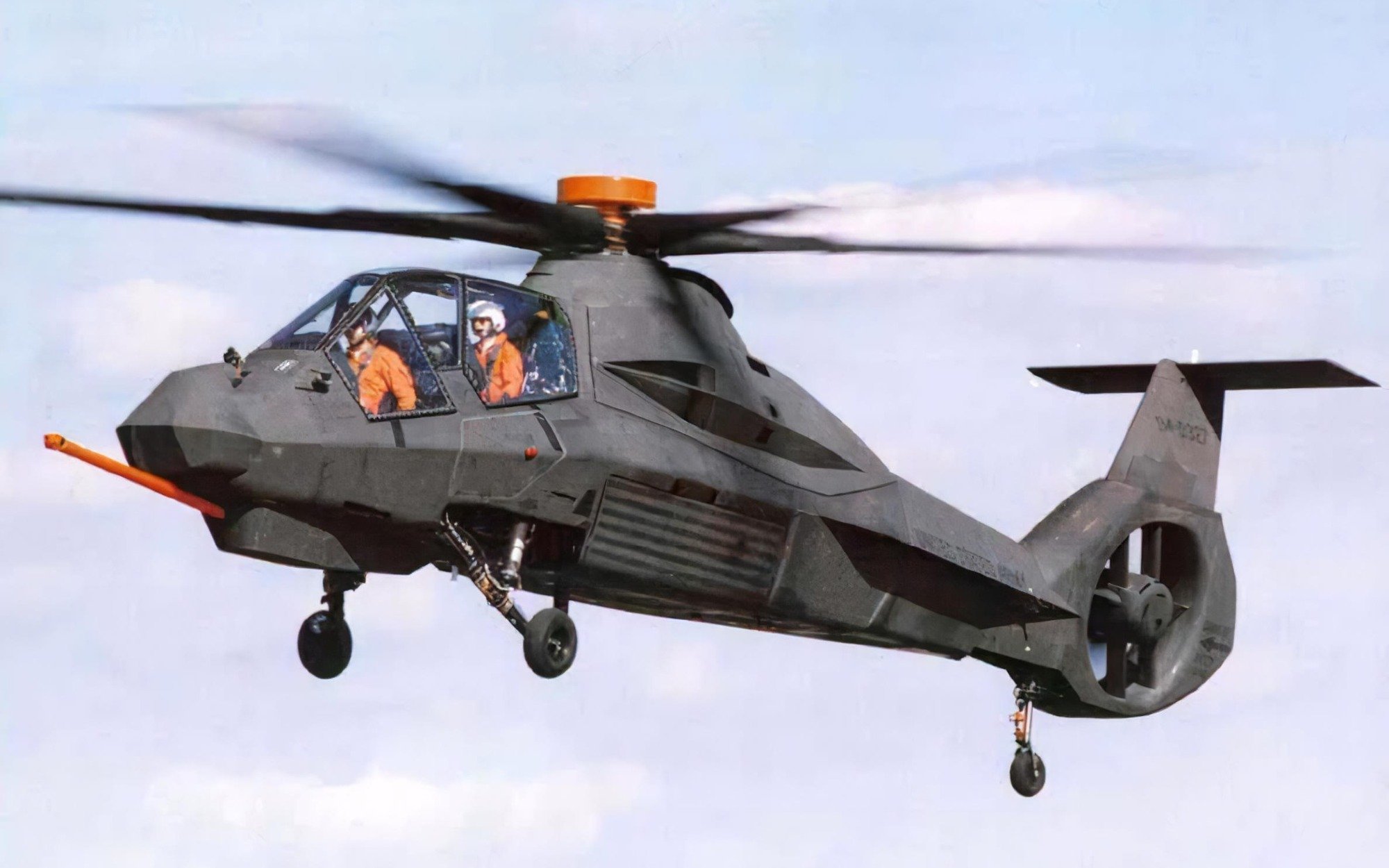
-It aimed to replace several aging helicopter models with a stealthy, advanced aircraft. Despite investing over $7 billion and developing two prototypes, the program was canceled in 2004 due to high costs and shifting military priorities towards unmanned aerial vehicles.
-The program's cancellation is considered a prudent decision in hindsight, saving further investment in a potentially unsuitable platform. The prototypes are now displayed at the United States Army Aviation Museum.
The $7 Billion Helicopter That Never Flew: Inside the RAH-66 Comanche
There are two prototype airframes (94-0327, 95-0001) currently on display at the United States Army Aviation Museum at Fort Rucker, Alabama that are certainly unique, and certainly unlike any of the other military vehicles in the collection.
While most of the aircraft in the museum’s collection had been used in past conflicts and highlighted the role that helicopters still play with the Army, the two Boeing-Sikorsky RAH-66 Comanche helicopters are another story.
They are also all that the United States Army has to show for its more than $7 billion effort to develop a stealth armed reconnaissance and attack helicopter after more than two decades of development. It was one of the largest program cancellations in the U.S. Army’s history.
Cold War Development
The program to create the stealthy rotary attack aircraft began in the early 1980s and the goal was for it to eventually replace the aging fleet of Bell UH-1 “Huey” gunships, Bell AH-1 “Cobra” light attack helicopters, Hughes OH-6 “Cayuse” light observation and attack helicopters, as well as the Bell OH-58 “Kiowa” light helicopters.
The RAH-66 was to be the world’s first purpose-built stealth attack helicopter, and it was to have featured fully-powered internal bays, which could have housed anti-armor and anti-air missiles.
According to Boeing, the program’s lead contractor, “First deliveries were scheduled for 2006, with the Comanche program reaching full production by about 2010. Plans were to manufacture 1,213 RAH-66s for U.S. Army service.”
Other team members included Hamilton Standard, Harris Corp., Hughes Link Training Division, Kaiser Electronics, Lear Astronics, Litton, Lockheed Martin, Moog, Sundstrand Corp., TRW Military Electronics and Avionics Systems Group, and Williams International. Allison Engine Co. and AlliedSignal Engine Co. co-developed the engines for the Comanche.
The Boeing-Sikorsky RAH-66 Comanche never reached that point.
Though the first RAH-66 Comanche prototype was rolled-out at Sikorsky Aircraft, Stratford, Connecticut, on May 25, 1995, and conducted its maiden flight was made on January 4, 1996, the program only advanced slowly over the next eight years. It was finally canceled on February 23, 2004, as part of a reorganization of Army Aviation.
RAH-66: Stealthy But Too Expensive – The Right Decision
Had it been serially produced, the RAH-66 would have certainly been the world’s most advanced combat helicopter in service, anywhere in the world, but it would have also been extremely expensive – with full production of the Comanche likely costing upwards of $39 billion.
“It’s a big decision, but we know it’s the right decision,” said Gen. Peter Schoomaker, then-Army chief of staff at the time of the program’s termination.
The Comanche decision reflected a then-growing realization within the Pentagon that the military had more big-ticket weapons projects in the works than it could afford. That fact was true, even after seeing the Pentagon budget grow by tens of billions of dollars since 2001 following the 9/11 attacks on the World Trade Center and the Pentagon that began the Global War on Terror (GWOT). In addition, the termination of the program reflected the then-rising popularity in recent years of unmanned aircraft for surveillance, as well as attack missions.
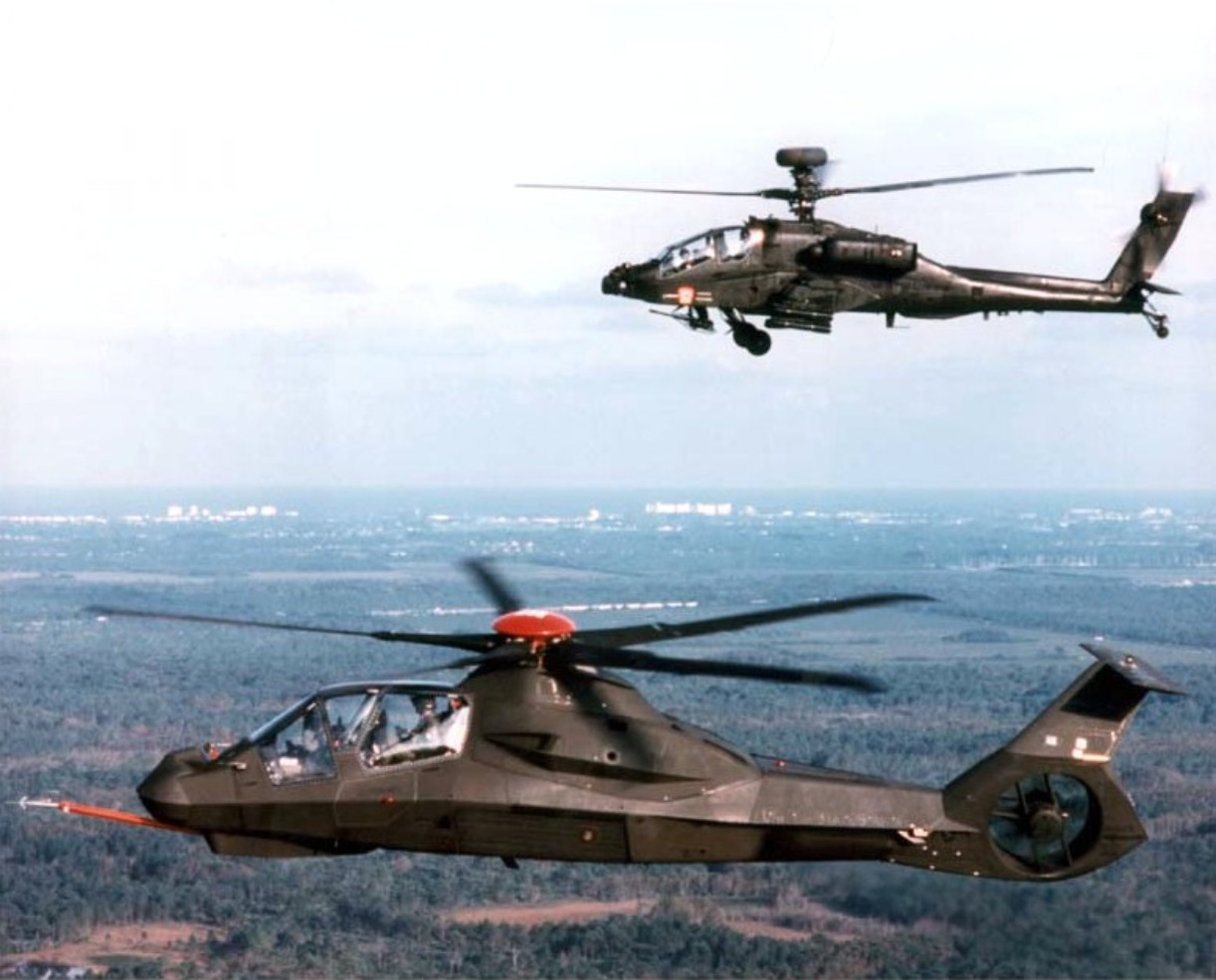
While some aviation buffs may bemoan what could have been, many experts suggest it was for the best – seeing how drones are now the future based on the results in Ukraine, and the Army’s decision likely saved taxpayers from investing in a bloated program that wouldn’t have been ill-suited to the needs of the military during the GWOT.
It is equally unlikely the Comanche would have a place in the Army’s arsenal even as there is the shift is back to near-peer adversaries including China and Russia. The Pentagon may have wasted $7 billion in the program, but likely was spared from yet another expensive debacle ill-suited to the changing global dynamic – like the U.S. Navy’s LCS program.
RAH-66 Lessons Learned
Despite the cancellation, the RAH-66 program has been seen to have validated a number of aircraft systems and components from its two flight-test prototype aircraft. That is essentially all that the Army has to show for its $7 billion investment.
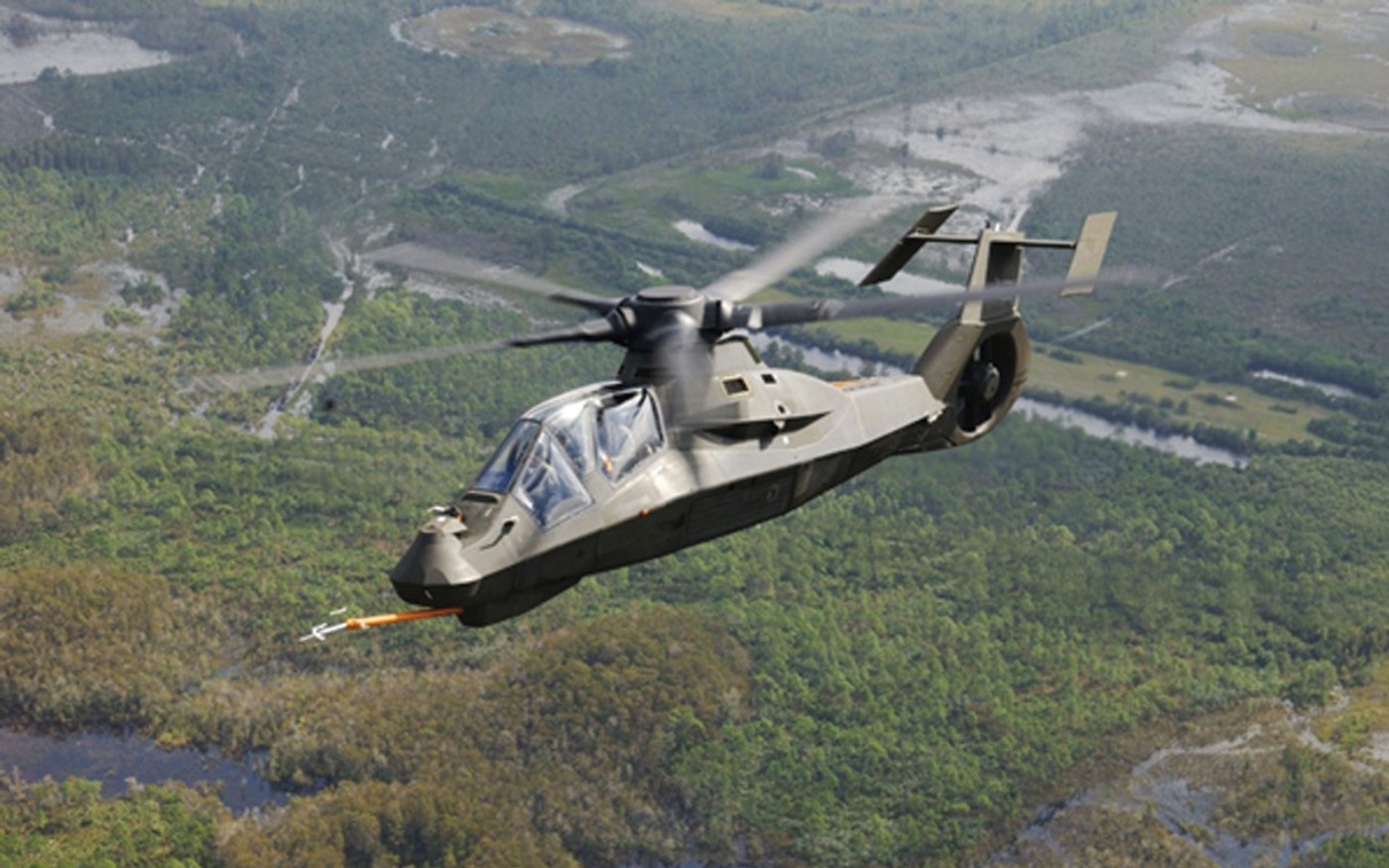
Expert Biography
Peter Suciu is a Michigan-based writer who has contributed to more than four dozen magazines, newspapers, and websites with over 3,000 published pieces over a twenty-year career in journalism. He regularly writes about military hardware, firearms history, cybersecurity, and international affairs. Peter is also a Contributing Writer for Forbes.
Image Credit: Creative Commons.
